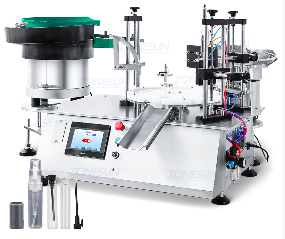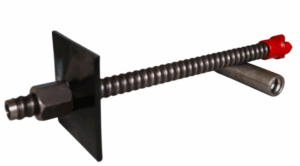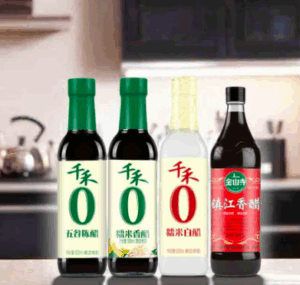The process of manufacturing stone paper involves grinding calcium carbonate, the major component of the stone, into ultra-fine particles and blowing the paper with polyethylene and adhesive. This non-new stone paper has been labeled with the “fashion” label of low-carbon emission reduction and environmental protection in the context of worldwide calls for energy saving and emission reduction and has entered the public’s gaze.
However, as a paper-making product, the stone paper has a distinct functionality. Still, its technology has to be improved, and recycling issues persist. As a result, we should approach stone paper dialectically.

Table of Contents
ToggleNot New
Stone paper is a paper production product that has been present for more than 40 years. It’s not a new phenomenon. Stone paper gets its name because it uses calcium carbonate, the principal element in stone, as its primary raw material.
In the paper industry, stone paper is a synthetic paper. Likewise, in the plastics sector, it is a plastic film. The Chinese paper industry has been performing research and development on synthetic paper since the 1970s. Because synthetic paper contains a plastic component, it is difficult to tear, which is why it is usually referred to as “tear-proof.”
Synthetic paper, the forerunner of stone paper, first appeared in Japan in the 1960s. The annual output of synthetic paper in Western countries has climbed by 10% throughout the years. The stone paper was primarily imported from abroad during China’s early stages. Later on, a few businesses began to manufacture synthetic paper as well. One of them is stone energy.
What is the distinction between early synthetic paper and modern stone paper?
The calcium carbonate percentage of early synthetic paper was less than 60%. It was essential to utilize a considerable number of other supplementary materials to synthesize. Calcium carbonate concentration can now reach 80%, and high-quality calcium carbonate is not expensive per ton, lowering costs.
Synthetic paper is commonly utilized in the packaging business at the moment. However, The reason that synthetic paper is more expensive is that it is more expensive than newspaper and periodical paper. Customers, on the other hand, prefer synthetic paper since it is waterproof and moisture-proof.
There are still issues to be handled.
No wood is needed in the manufacturing process. No “three wastes” are generated, no drop of water is used, and minimal cost because the raw material is limestone. The media referred to the stone paper as a low-carbon environmental protection star product. Despite this, experts questioned the use of stone paper.
- Adaptability issue
Stone paper, which is already available on the market, is thicker and heavier than regular paper. A4 stone paper weighs 1.3 grams, while ordinary paper of the same size weighs 0.7 grams. Furthermore, stone paper absorbs ink better than plastic but significantly worse than vegetable fiber paper.
- Issues with raw materials
Polyethylene is one of the plastic components used in the stone paper. Plastic is made from petroleum; however, petroleum in China is currently in short supply. Some companies believe that the output of stone paper will exceed 5 million tons in the future, which will consume a lot of oil, resulting in a raw material crisis.
- Concerns about recycling
“While stone paper can be brittle and shatter with time, the plastic macromolecules in it cannot be destroyed without the use of specialized machinery.” When stone paper and fiber paper are recycled together, the stone paper becomes fused and sticky when melted. It might cause damage to the equipment if it is on the interior wall of the equipment.
The Stone Paper from a Dialectical Perspective
- Stone paper is waterproof and moisture-proof, and it serves a purpose, but it cannot replace ordinary paper. Stone paper has a rational existence as a product of the paper industry.
- A stone paper book is a novel material. Both stone paper and fiber paper have their unique applications. The stone paper will not be able to replace fiber paper.
- Every product has advantages and cons. When using it, we should use our strengths and avoid our flaws. Fiber paper pollutes the environment during the manufacturing process; however, it may be recycled after usage to manufacture paper pulp. Although there is no pollution during the paper-making process, stone paper is often burnt or salvaged.
0





